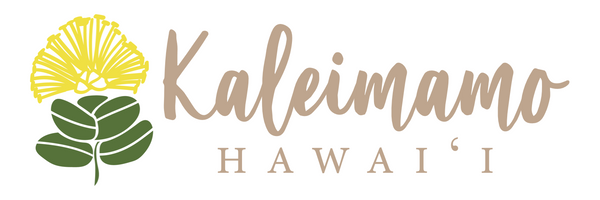Limu
Did you know that 2022 was proclaimed as the "Year of the Limu" in Hawaiʻi? “Limu” is a general term used to describe all underwater plants in both salt and freshwater ecosystems, along with other algae and mosses. Limu is an integral part of the traditional Hawaiian diet, often mixed with fish, salad, or stew to bring extra flavor to the dish. Limu is also used for medicinal, religious, and cultural purposes and plays significant roles in Hawaiʻi’s fresh and saltwater habitats.
Due to a combination of factors, such as over sedimentation and the introduction of invasive limu species, populations of native limu, including those of importance to Native Hawaiians, have significantly declined. Thankfully, community-led efforts to restore native limu habitat are underway across Hawaiʻi.

“Ka iʻa lauoho loloa o ke kai. The long-haired fish of the sea.”
Pūkuʻi, M. K. (1983). ʻŌlelo Noʻeau Hawaiian Proverbs & Poetical Sayings. Honolulu, Hawaii: Bishop Museum Press. ‘Ōlelo Noʻeau #1362.

This print depicts limu līpoa, kohu, pakeleawaʻa, manauea, and pālahalaha.
The leafy, golden limu līpoa is one of Hawaiians’ favorite eating seaweeds. It’s known for its strong and unique smell and flavor.
Limu kohu is our personal favorite when mixed with various styles of raw fish. The high demand for this limu has made it expensive and difficult to find in many areas.
Limu pakeleawaʻa was a favorite of Queen Liliʻuokalani. According to old Hawaiian newspapers, she transplanted the limu from Lāhaina to Waikīkī to cultivate the species on Oʻahu.
Limu manauea is another one of our favorites. Sometimes called ogo, pickling this limu with sesame, garlic, onion, chili pepper, vinegar, shoyu and sugar makes for a great pūpū (appetizer) with your favorite beverage.
Limu pālahalaha is one of the most common seaweeds found in Hawaiian waters and is also called sea lettuce. It can be eaten in a variety of ways and is also used in hula ornamentation.

For more information on some varieties of Hawaiian limu and their significance to the Native Hawaiian people, we highly recommend checking out Limu, An Ethnobotanical Study of Some Hawaiian Seaweeds by Isabella Aiona Abbott. Hawaiʻi’s Division of Aquatic Resources also has some quick reference information here.
This print was illustrated by Kaille Harris of Under the Moon and commissioned by fellow Native Hawaiian-owned business, The Keiki Department.
